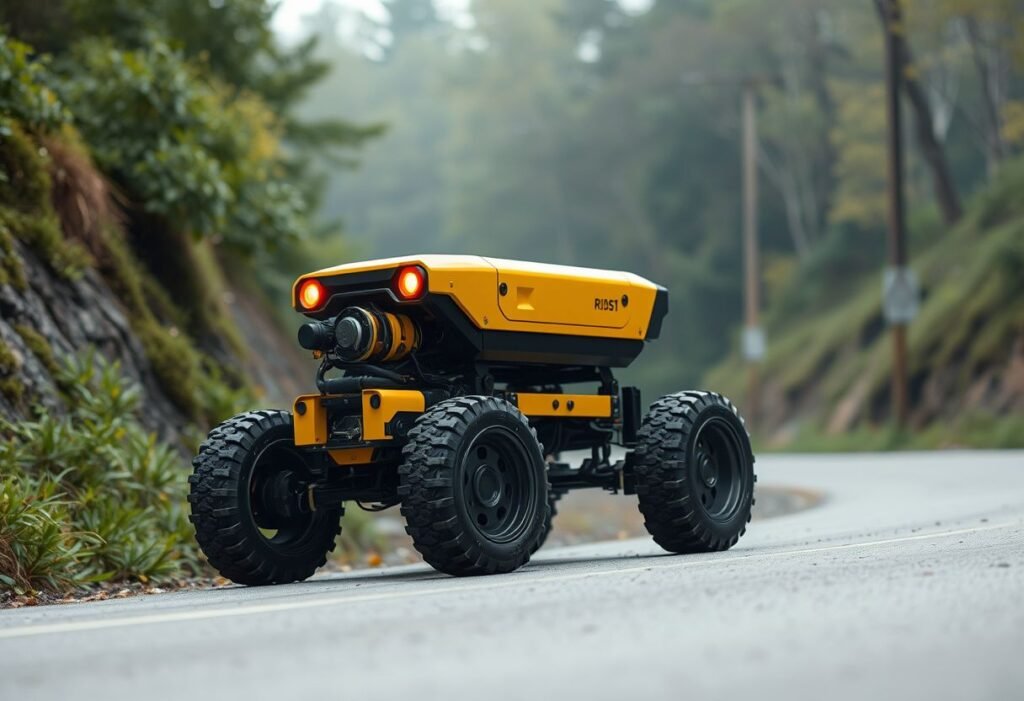The advancement of robotics has opened new avenues in infrastructure maintenance and safety. Among these innovations, the PIPE-i robot stands out, designed specifically to inspect stormwater culverts, thereby minimizing human risk and enhancing efficiency in inspections.
Innovative Solutions for Hazardous Inspections
Stormwater culverts often present significant dangers, including decaying structures and hazardous materials. To address these risks, the PIPE-i robot has been engineered to navigate through these uncertain environments safely. Deploying this robotic solution allows municipalities and inspectors to gather crucial data without putting personnel in harm’s way. Equipped with advanced sensors and cameras, the robot can detect problems that might otherwise go unnoticed, ensuring that the infrastructure remains safe and functional.
Design and Functionality of PIPE-i
The PIPE-i robot features a six-wheeled design, allowing it to traverse uneven and challenging surfaces inside culverts. This mobility is essential for effective inspections in such confined and difficult access points. Integrated with high-resolution cameras, the robot collects visual data as it moves, providing real-time feedback to operators. This capability reduces the time required for inspections while delivering precise information regarding the condition of the culverts, thus streamlining maintenance planning.
Enhancing Safety with Robotics
Safety in infrastructure inspection cannot be overstated. The PIPE-i robot addresses the inherent dangers associated with inspecting stormwater culverts. Without the need for human inspectors to enter potentially toxic or unstable environments, risks are significantly reduced. This innovation leads to not only improved safety for workers but also a more reliable approach to infrastructure monitoring. By utilizing robotic technology, municipalities can better protect their employees as well as the public.
Applications Beyond Culvert Inspections
While the PIPE-i robot specializes in stormwater systems, its technology can be adapted for broader applications in various types of inspections. For instance, it has the potential to be employed in different types of piping systems or similar confined spaces where human access is risky. Such versatility demonstrates the robot’s capability to meet diverse inspection needs across many sectors, enhancing overall operational efficiency.
The Future of Robotic Inspections
As we look towards the future, the integration of robotics in maintenance inspections will likely expand. The potential of robots like PIPE-i illustrates the shift towards automated solutions that enhance safety, accuracy, and efficiency in infrastructure management. As technology progresses, we can expect even more sophisticated inspection technologies to emerge, providing greater assurance in public safety and infrastructure integrity.
Conclusion on the Impact of Robotic Technology
The introduction of the PIPE-i robot marks a significant milestone in robotic applications for infrastructure inspections. By safely inspecting culverts and other confined spaces, it plays a crucial role in modernizing our approach to infrastructure maintenance and ensuring public safety. As we adopt more robotic solutions, we will continue to see improvements in how we manage and inspect our vital infrastructure.
Disclaimer: This content is for informational purposes only and does not constitute any professional advice.





















